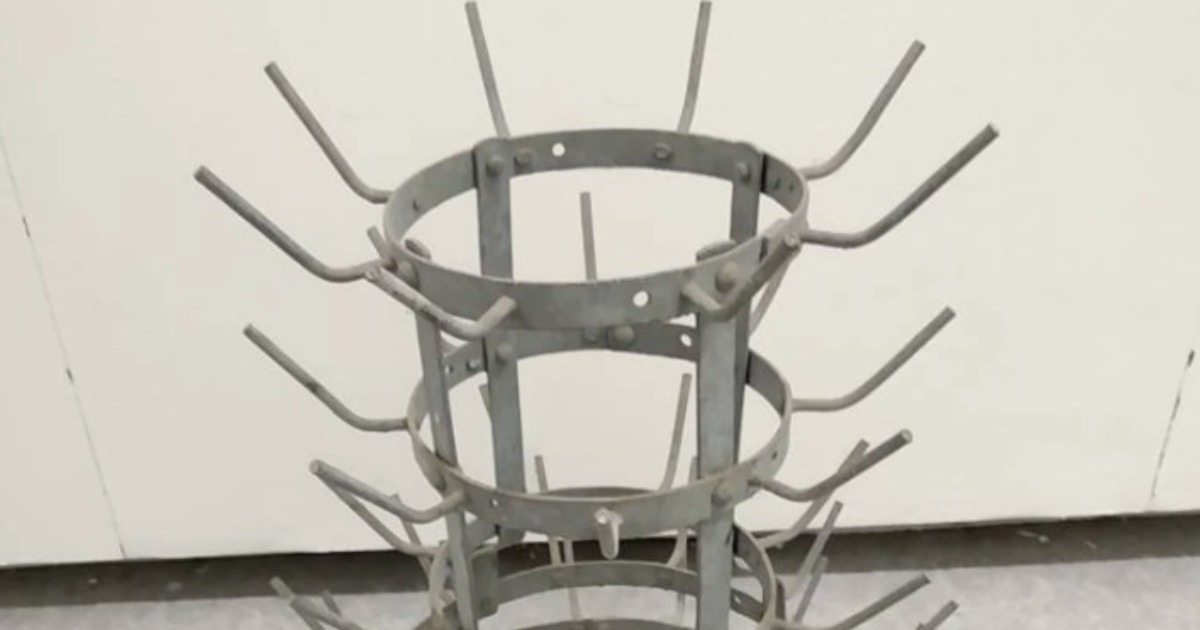Can you still recall how the aroma of new bread filled the kitchen as it was being baked, the sound of the bottles being washed in the sink and the gentle noise of the kitchen as it was in full swing? It may bring to your mind memories of your grandparents’ house where every corner seemed to have a story to tell and each object had its own tale to share. One of these items that are currently forgotten but were once useful is the vintage bottle drying rack.
The kitchen is considered one of the most important areas of the house, a room where people cook, share, and teach. During the early 20th century, the kitchen was the heart of the home, and everybody in the family played an active role in the household work. Out of all the utensils that were seen in these kitchens, the bottle drying rack was one of the most noticeable. Also referred to as a herisson in French or a bottle tree, this invention was particularly helpful in the drying of glass bottles, something that was frequently used in households prior to the availability of plastic containers.
Bottle drying racks can be traced back to the late 1800s and within a short time, the product gained popularity in homes across Europe and America. These metallic frames with several hooks were meant to suspend the bottles in the upside down manner in order to drain water and to allow the bottles to dry up completely. During the period when most of the beverages like milk, beer and other homemade preserves were made at home, these racks were very useful.
Before recycling became a popular and fashionable movement, what if recycling was a vital practice? Glass bottles were reused as many times as possible and in this case, the cleanliness and dryness of the bottles were matters that had to be addressed by the bottle drying rack. This tool not only was useful for its function but also represented the creativity and the ideas of the previous generations.
